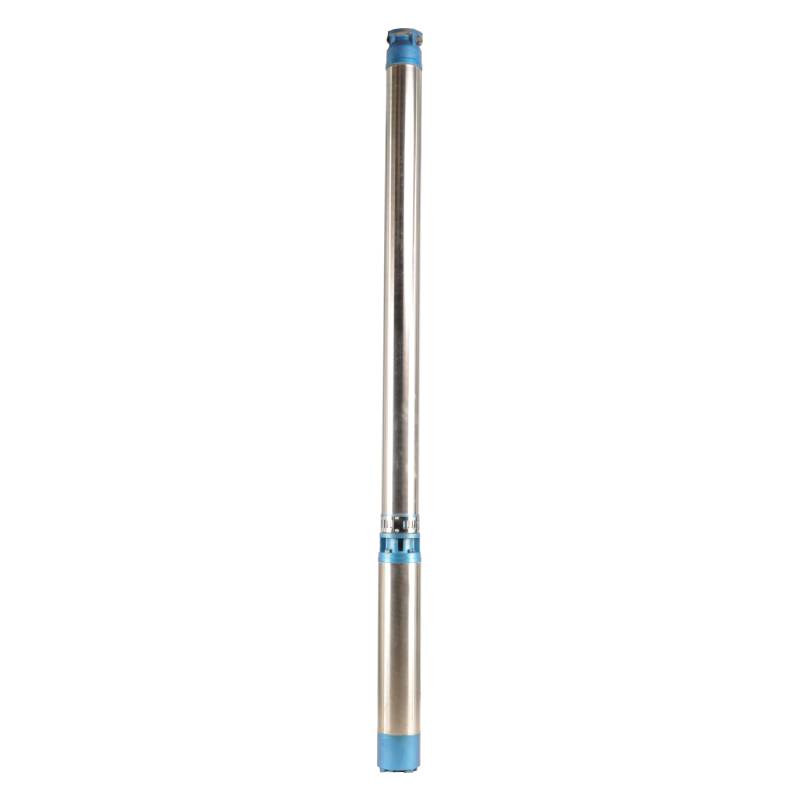Nov . 12, 2024 18:29 Back to list
submersible pump repairing
Submersible Pump Repair A Comprehensive Guide
Submersible pumps are invaluable tools utilized across various industries and applications, from agricultural irrigation to groundwater extraction. Unlike other types of pumps, submersible pumps operate underwater, requiring specific care and maintenance to ensure longevity and optimal performance. Eventually, even the best-maintained pumps may encounter issues that necessitate repair. This article provides an overview of submersible pump repair, outlining common problems, troubleshooting techniques, and essential maintenance practices to extend the life of these vital devices.
Common Problems and Their Causes
1. Overheating One of the most frequent issues is overheating, which can arise due to insufficient cooling water or excessive friction in the motor. Overheating can cause significant damage to the pump's internal components, leading to complete pump failure.
2. Motor Failure The motor is the heart of the submersible pump, and when it fails, the entire system becomes nonoperational. Common causes include electrical issues, such as short circuits or voltage fluctuations, as well as mechanical failures due to wear and tear.
3. Clogged Impellers Submersible pumps often handle various fluids, including those with solid particles. Over time, those particles can accumulate and clog the impellers, significantly reducing the pump's efficiency and potentially causing damage.
4. Seal Damage Submersible pumps rely on seals to keep water out of the motor and other critical areas. Damaged seals can lead to water ingress, which can corrode the motor windings and other vital components.
Troubleshooting Techniques
When you encounter a malfunctioning submersible pump, the first step is to perform a thorough inspection
- Check Power Supply Ensure the pump is receiving adequate power. Measure voltage levels and inspect for any tripped breakers or blown fuses.
- Inspect Cables and Connections Look for frayed wires or loose connections, as these can impede operation or cause safety hazards.
- Clean and Inspect the Impeller If you suspect clogging, remove the pump from the water and examine the impeller for debris. Cleaning it may restore performance.
- Examine the Seal and O-Rings Check for signs of wear, such as cracks or deformation. Replace any damaged components to prevent water ingress.
Repair Process
submersible pump repairing

If inspection and troubleshooting identify specific issues, follow these general steps for repair
1. Safety First Disconnect the power supply before starting any repairs. Always prioritize safety when working with electricity and water.
2. Disassemble the Pump Carefully disassemble the pump to access internal components. Follow the manufacturer’s guidelines to avoid damaging any parts.
3. Replace Damaged Parts Replace any worn or damaged components, such as seals, bearings, and impellers, ensuring that replacements are compatible with the original pump specifications.
4. Reassemble and Test Once repairs are made, reassemble the pump and conduct tests to ensure it operates correctly. Check for unusual noises, vibrations, or leaks.
Maintenance Practices
Preventative maintenance is essential to prolong the life of submersible pumps. Implement the following practices
- Regular Inspections Schedule regular inspections to check for early signs of wear, leaks, or mechanical issues.
- Keep the Area Clean Minimize debris around the pump to reduce the chances of clogging. Consider installing a protective screen if appropriate.
- Monitor Operating Conditions Pay attention to the pump's performance metrics. Sudden changes may indicate underlying problems.
- Document Maintenance Keep detailed records of inspections, repairs, and part replacements to track performance trends over time.
Conclusion
Submersible pump repair can seem daunting, but with a methodical approach, many problems can be resolved without the need for professional intervention. Regular maintenance and thorough troubleshooting are key to ensuring that submersible pumps operate efficiently and reliably. Understanding common issues and effective repair techniques not only saves time and money but also enhances the overall performance of these critical devices in our daily operations.
-
Submersible Water Pump: The Efficient 'Power Pioneer' of the Underwater World
NewsJul.01,2025
-
Submersible Pond Pump: The Hidden Guardian of Water Landscape Ecology
NewsJul.01,2025
-
Stainless Well Pump: A Reliable and Durable Pumping Main Force
NewsJul.01,2025
-
Stainless Steel Submersible Pump: An Efficient and Versatile Tool for Underwater Operations
NewsJul.01,2025
-
Deep Well Submersible Pump: An Efficient 'Sucker' of Groundwater Sources
NewsJul.01,2025
-
Deep Water Well Pump: An Efficient 'Sucker' of Groundwater Sources
NewsJul.01,2025
-
 Submersible Water Pump: The Efficient 'Power Pioneer' of the Underwater WorldIn the field of hydraulic equipment, the Submersible Water Pump has become the core equipment for underwater operations and water resource transportation due to its unique design and excellent performance.Detail
Submersible Water Pump: The Efficient 'Power Pioneer' of the Underwater WorldIn the field of hydraulic equipment, the Submersible Water Pump has become the core equipment for underwater operations and water resource transportation due to its unique design and excellent performance.Detail -
 Submersible Pond Pump: The Hidden Guardian of Water Landscape EcologyIn courtyard landscapes, ecological ponds, and even small-scale water conservancy projects, there is a silent yet indispensable equipment - the Submersible Pond Pump.Detail
Submersible Pond Pump: The Hidden Guardian of Water Landscape EcologyIn courtyard landscapes, ecological ponds, and even small-scale water conservancy projects, there is a silent yet indispensable equipment - the Submersible Pond Pump.Detail -
 Stainless Well Pump: A Reliable and Durable Pumping Main ForceIn the field of water resource transportation, Stainless Well Pump has become the core equipment for various pumping scenarios with its excellent performance and reliable quality.Detail
Stainless Well Pump: A Reliable and Durable Pumping Main ForceIn the field of water resource transportation, Stainless Well Pump has become the core equipment for various pumping scenarios with its excellent performance and reliable quality.Detail
